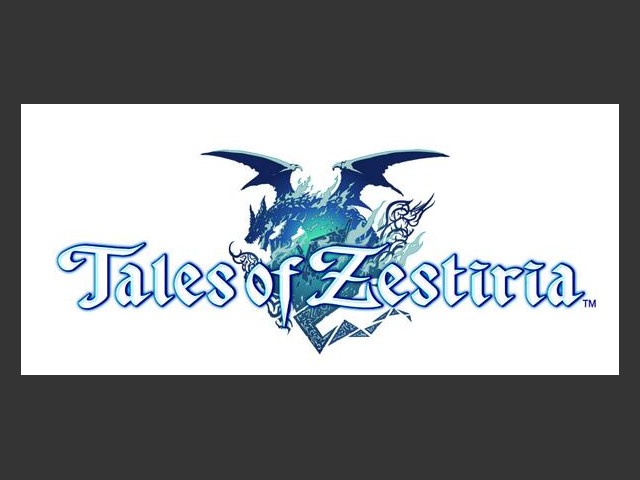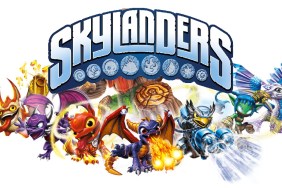A tale of woe.
Streamlined American and European RPGs have their place, but I still really enjoy playing a good retro JRPG. There's something about having control over nearly every aspect of my characters that I find particularly alluring. Tales of Zestiria attempts to blend the old and new by adding a new real-time combat system with old-school dungeon crawling and complex stat-based gear relationships in an open-world setting. The result, however, is a forgettable JRPG where fighting enemies is the only real pleasure, and players will rush through everything else just to get into combat faster.
Like all Tales games, this one has nothing to do with past games in the series. Unfortunately, the story, in which an innocent youth becomes the chosen one and must band together with newfound friends to destroy evil, is all too familiar. In this particular case, Sorey is a young lad who has lived his whole life with the mystical Seraphim. He meets another human, and then rushes to her aid as the malevolent Hellions are sent to attack. Then he discovers that he's a mythical Warden who is imbued with special powers and tasked with ridding the planet of the Lord of Calamity.
Since Sorey is the only human who can hear and see the Seraphim, some rather comical scenarios ensue that involve Sorey seemingly talking to the air. One of the highlights of the game is the colorful characters, who all have top-notch voice acting. Lailah, for example, is like me in that she's always in a good mood and lets loose with awful puns whenever she can. It's funny to see her personality compete with the always-serious Edna. I find the character interactions to be more interesting than the story, but sometimes they go on for far too long. Thank goodness these can be skipped.
This leads into my biggest problem with the game. It starts out extremely slow, then picks up to a snail's pace, and finally makes it into first gear. It literally takes hours before the game has an acceptable pace and becomes enjoyable. I can't tell you how many times I was sure that it would take off only to find out that I have to slog through another ten-minute cutscene about the importance of faith or endure another beginner dungeon.
Once the game actually gets going, it's bogged down with the constant need to check which gear works best with other gear and with the types of attacks that players prefer. Not only are there stats to consider, but some pieces of gear also have skills attached to them. It's also possible to fuse similar gear together to create more powerful versions. This plethora of options wasn't bad until I discovered just how often I found new weapons and armor. Being the perfectionist that I am, I would always check to see which gear worked best for me, which dramatically slows the pace of the game.
It's a good thing that the real-time combat is so fun or else the whole experience would be a waste of time. Two attack buttons are at the player's disposal that control both basic “artes” and more complex “artes.” Chaining these artes together is vital to success as most enemies are vulnerable to particular elements but can block certain attacks. This means that using the same combos over and over is not only ineffectual, but also boring. I also find it odd that my character has complete focus on the enemy he or she targets and has to hold a special button to actually have free movement in battle. Otherwise, the character I'm controlling always moves in a straight line for the target, which is very awkward in the heat of battle.
New to the series is the Armatization ability, which lets a human fuse with a Seraphim to become a mighty warrior with uber-flashy clothing and extra powerful attacks. This creates one character out of two for the battle, and it's a great way to finish a fight with pomp and circumstance. Since both characters share a health bar, it's also an effective way to save a party member from death or to revive them during combat. Armatization is a handy new ability, but the fact that it can be used so often makes it lose some of its luster.
Also new is the open-world setting, but it suffers from the types of problems that seemed to be eliminated by the last generation of consoles. Yes, folks, getting there isn't half the fun—it's actually none of the fun. For starters, the open-world areas are much larger than they need to be, and using fast-travel costs too much. As a result, players will run more than they want to, and this is especially monotonous due to the sparse world that's practically bereft of interesting objects. In addition, there's little reward for exploring, and the visuals are barely mediocre for a current-gen console. When you add the outdated lackluster design for dungeons that are mind-numbingly boring to slog through, the result is an open-world where players will actually long for a more linear one.
Tales of Zestiria desperately tries to retain its retro JRPG roots while also attempting to stay relevant. The stat-heavy nature of the game combined with numerous unimaginative dungeons slows it down to a crawl,
which is unfortunate because the fast-paced combat is enjoyable. Sadly, this game tries to appeal to old and new gamers, but loses its identity in doing so.
-
Fun combat system
-
Colorful characters
-
Armatization is fun
-
Ultra slow beginning
-
Lackluster storyline
-
Outdated dungeon design
-
Open world is bereft of interest
-
Overly-complex stat and skill relationships
tales-of-zestiria
-
tales-of-zestiria #1
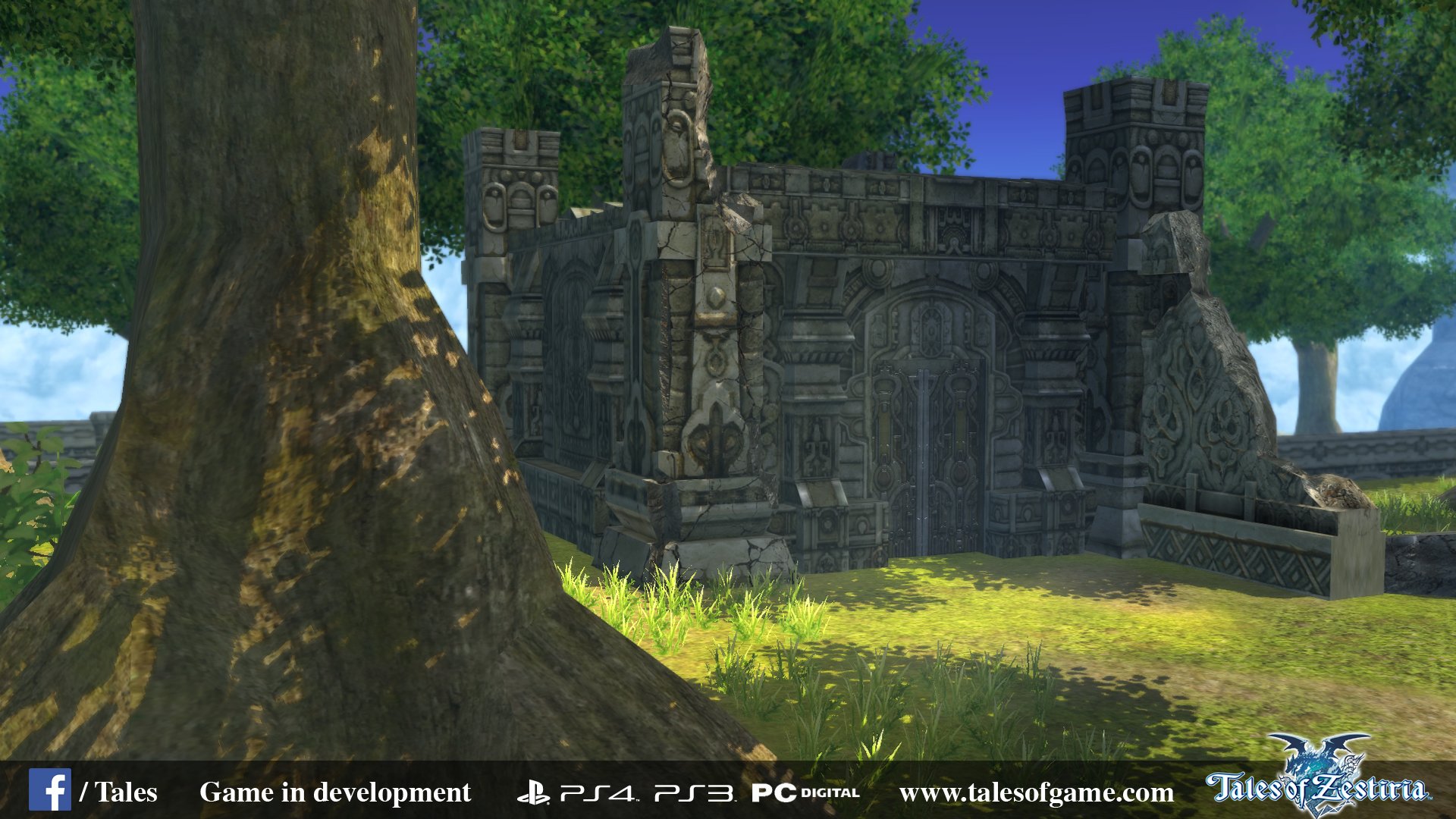
-
tales-of-zestiria #2
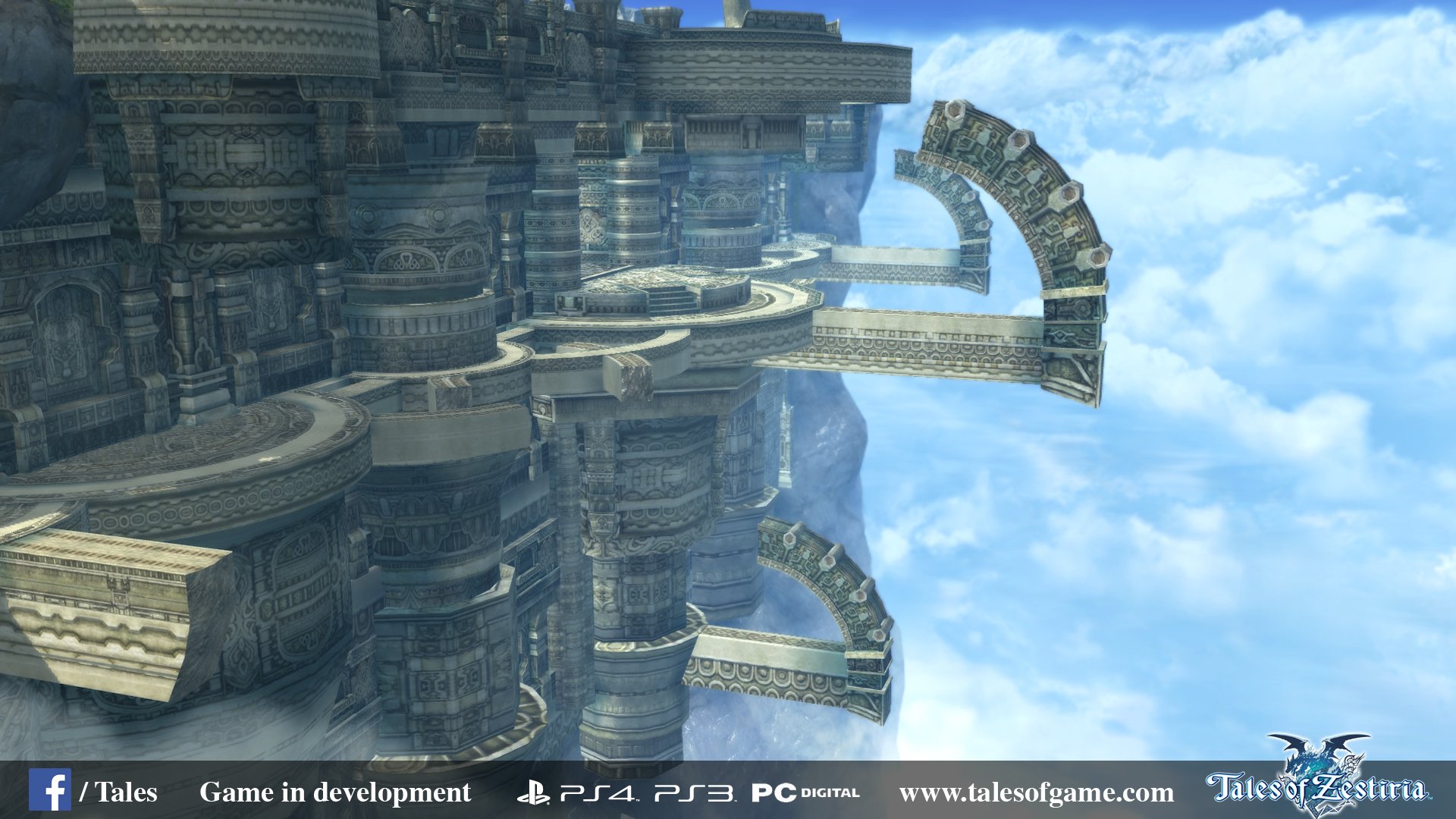
-
tales-of-zestiria #3
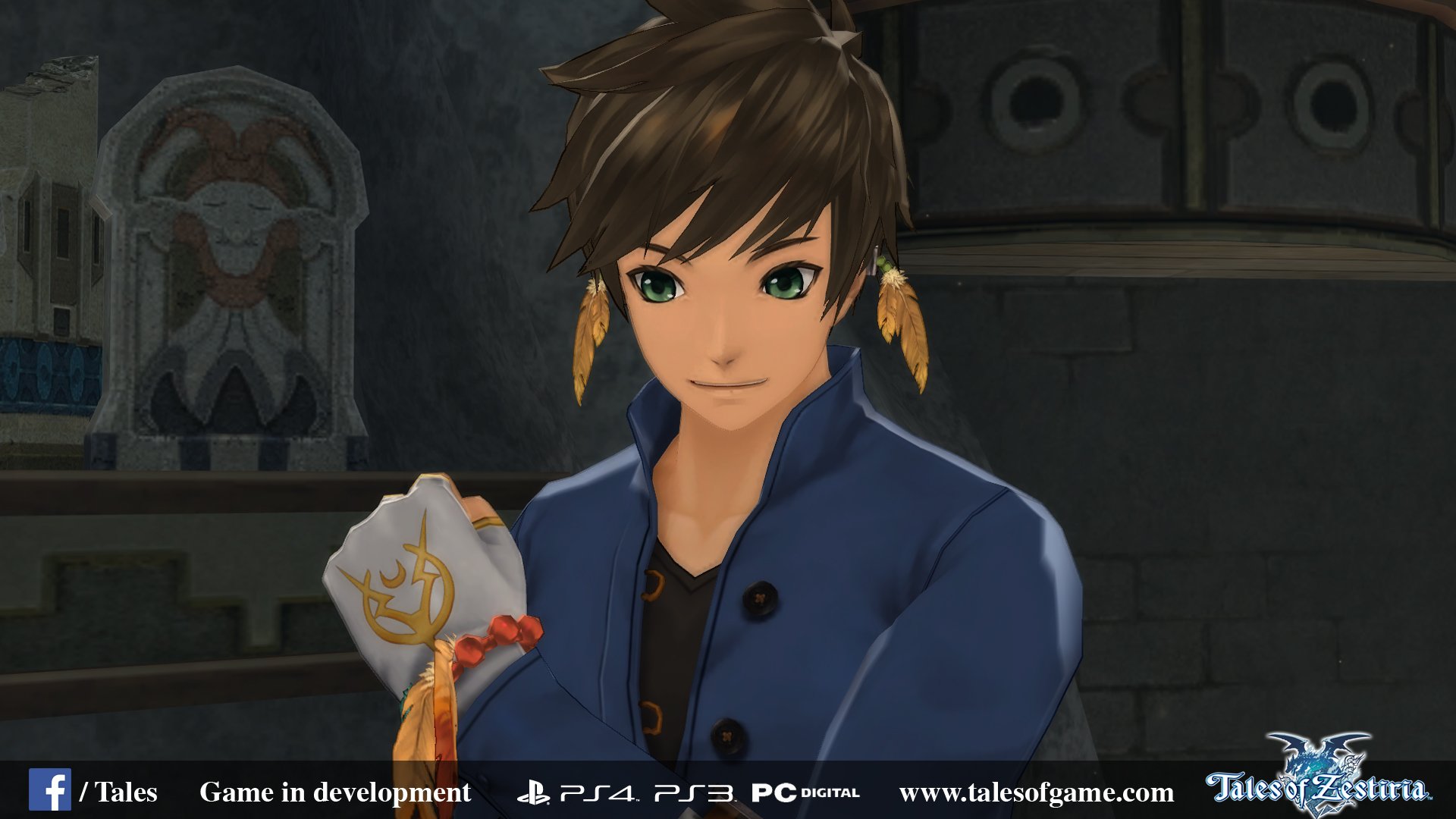
-
tales-of-zestiria #4

-
tales-of-zestiria #5

-
tales-of-zestiria #6
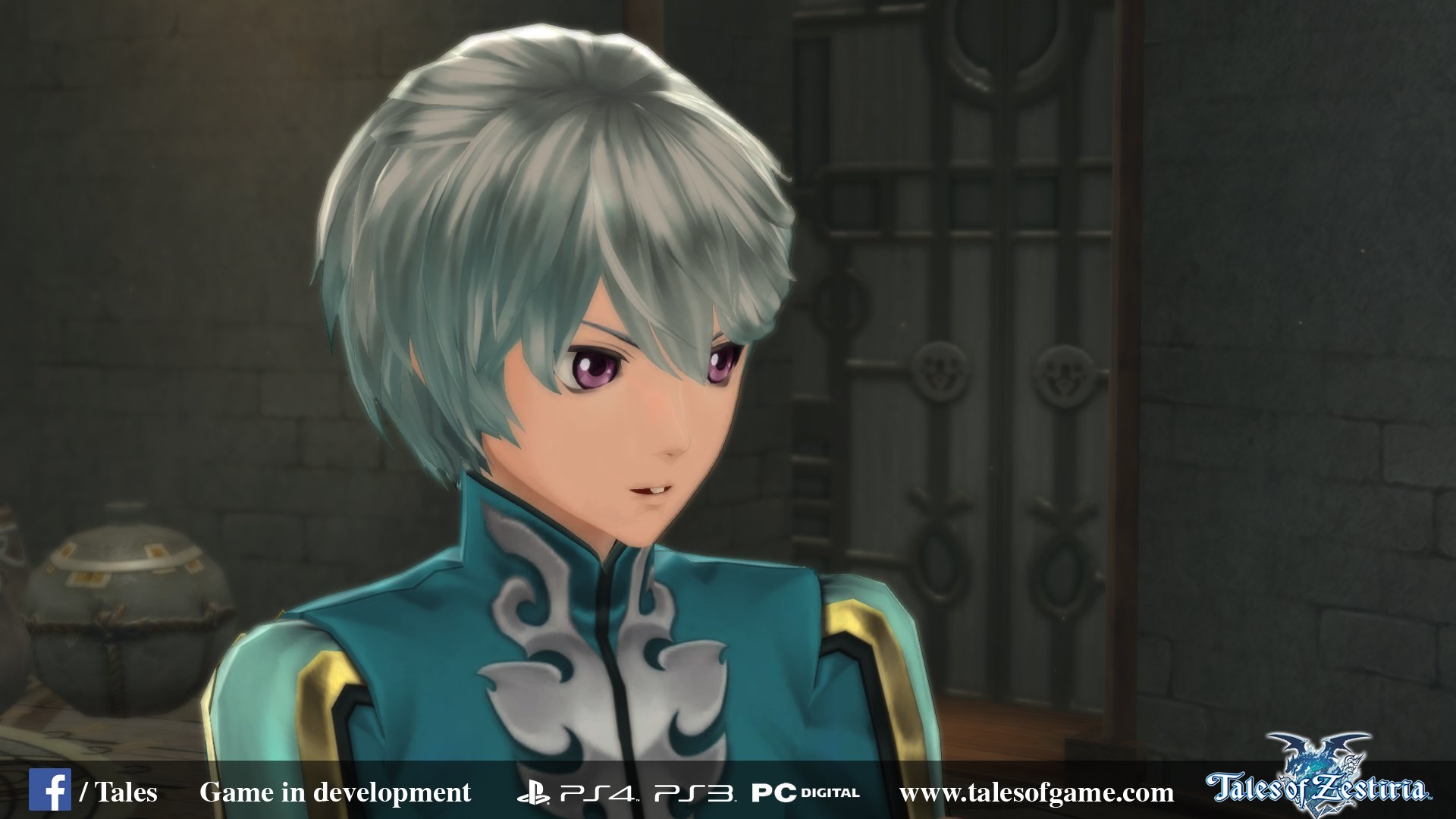
-
tales-of-zestiria #7
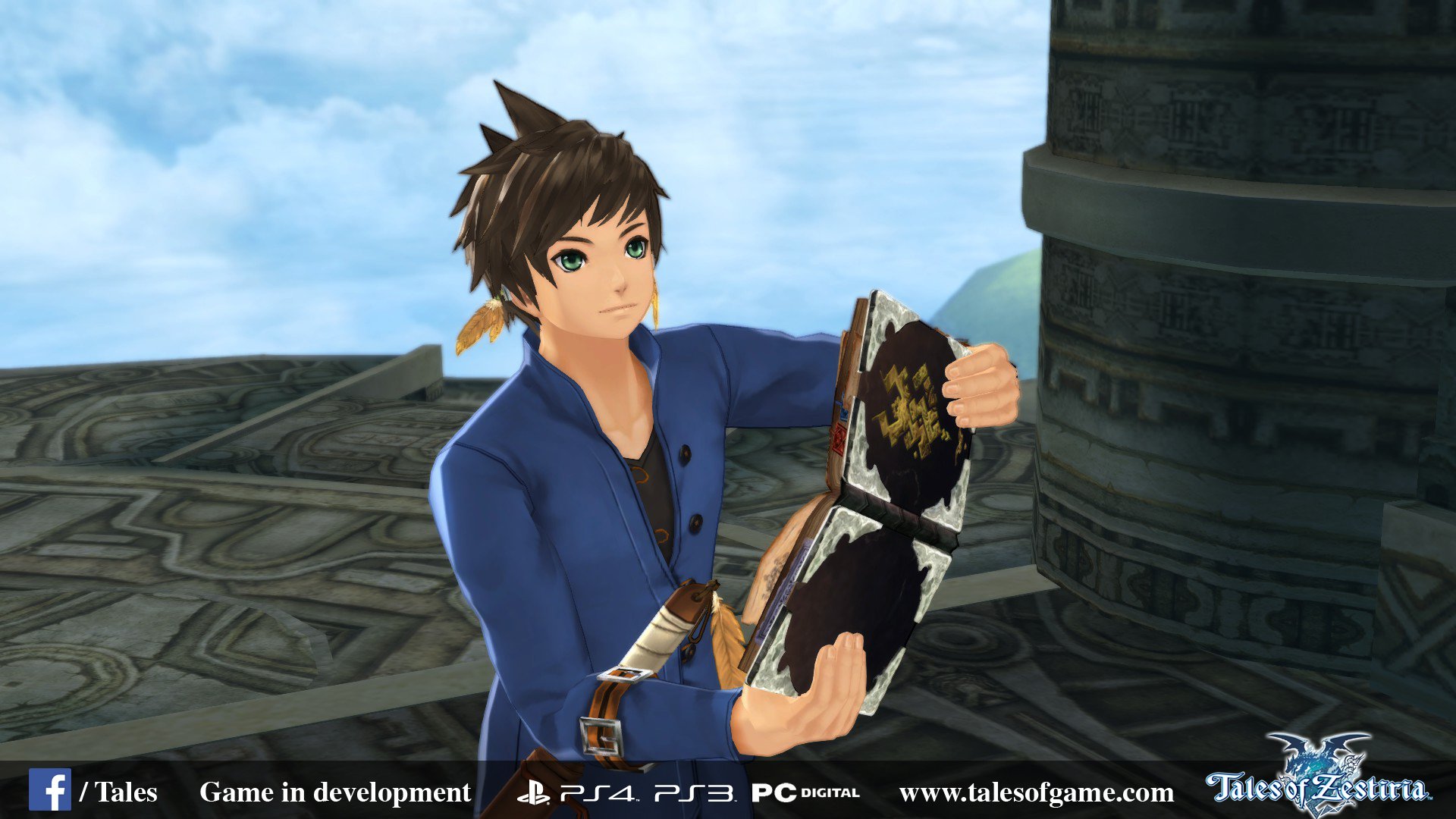
-
tales-of-zestiria #8
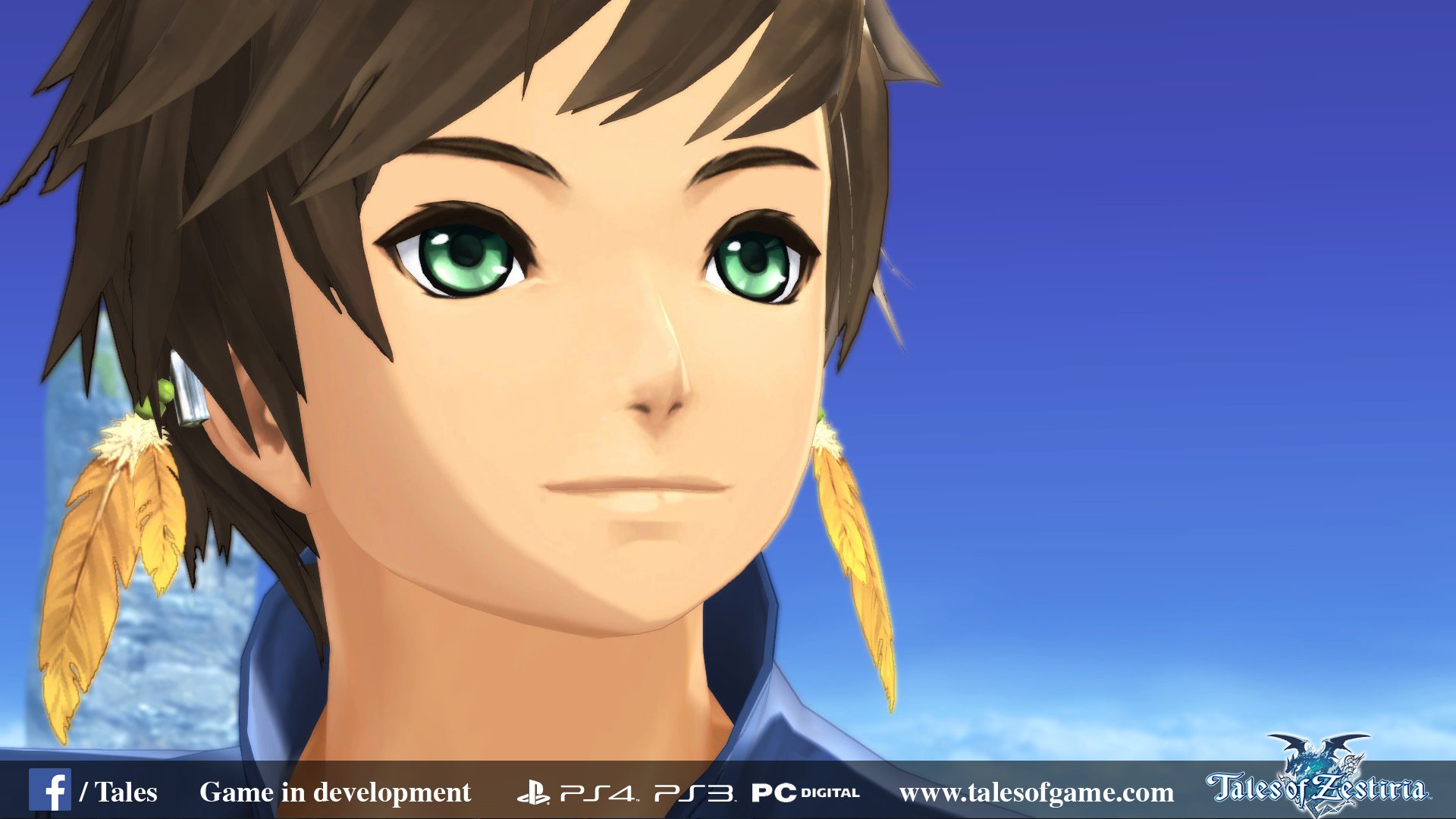
-
tales-of-zestiria #9
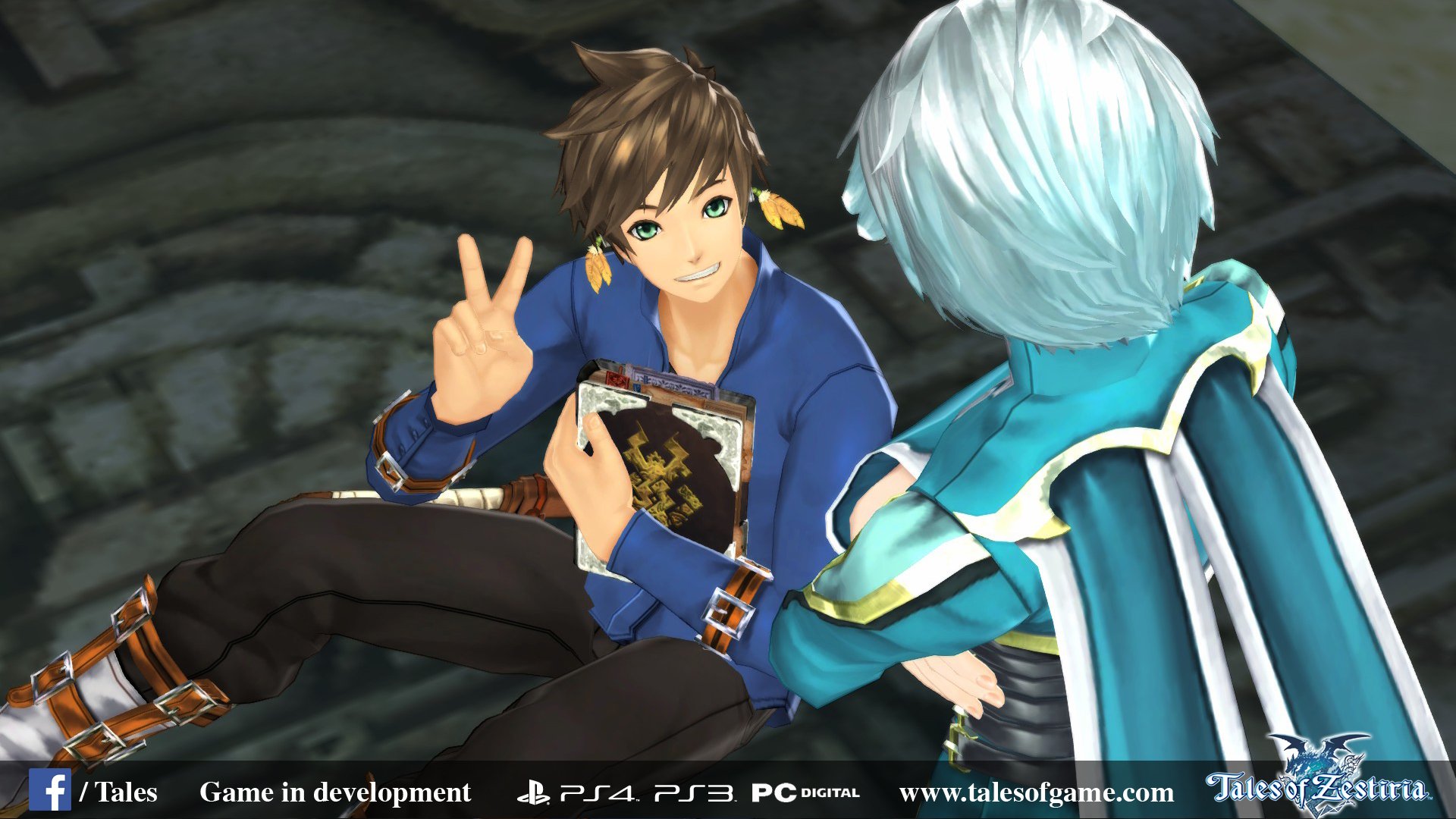
-
tales-of-zestiria #10
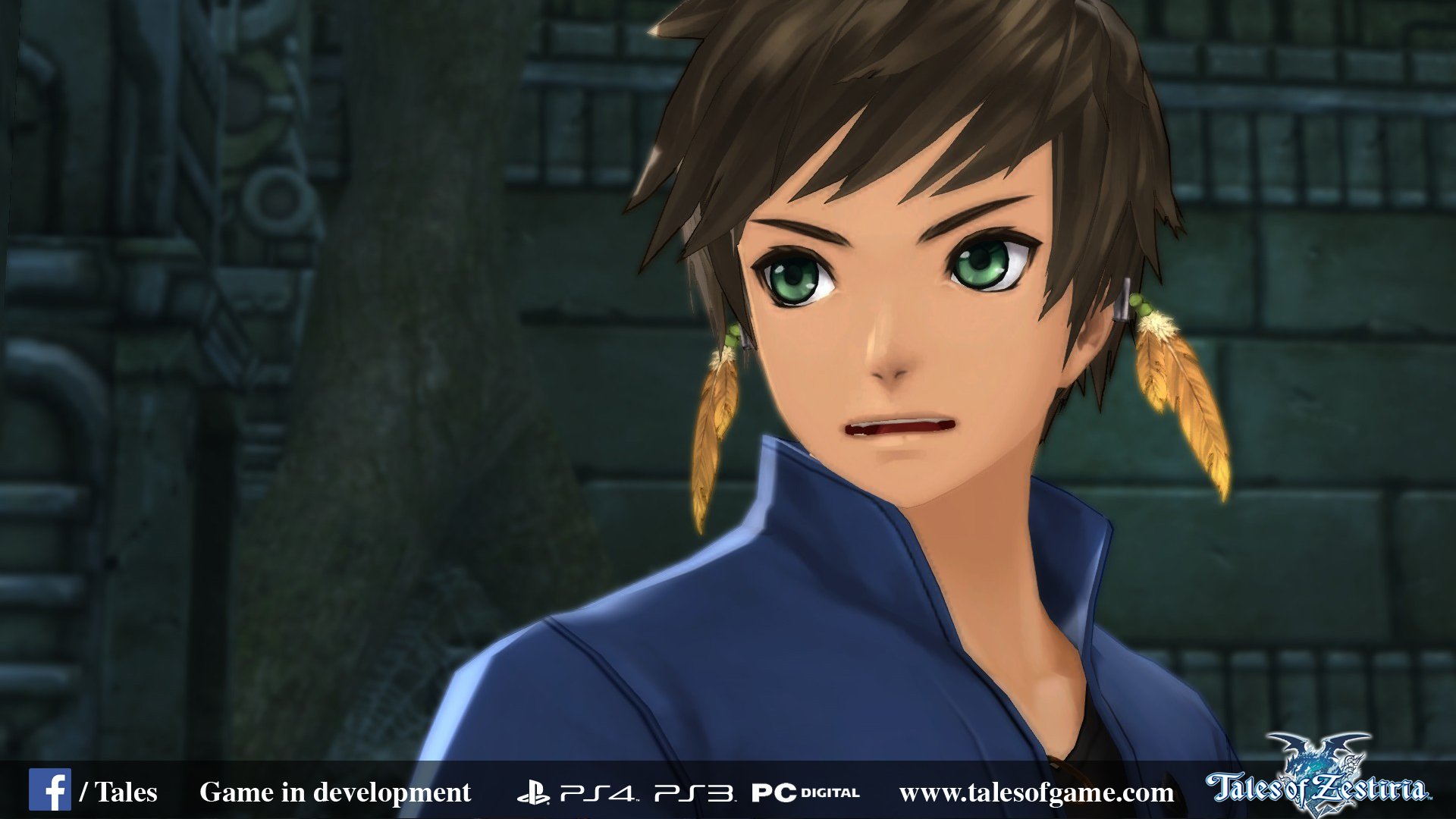
-
tales-of-zestiria #11
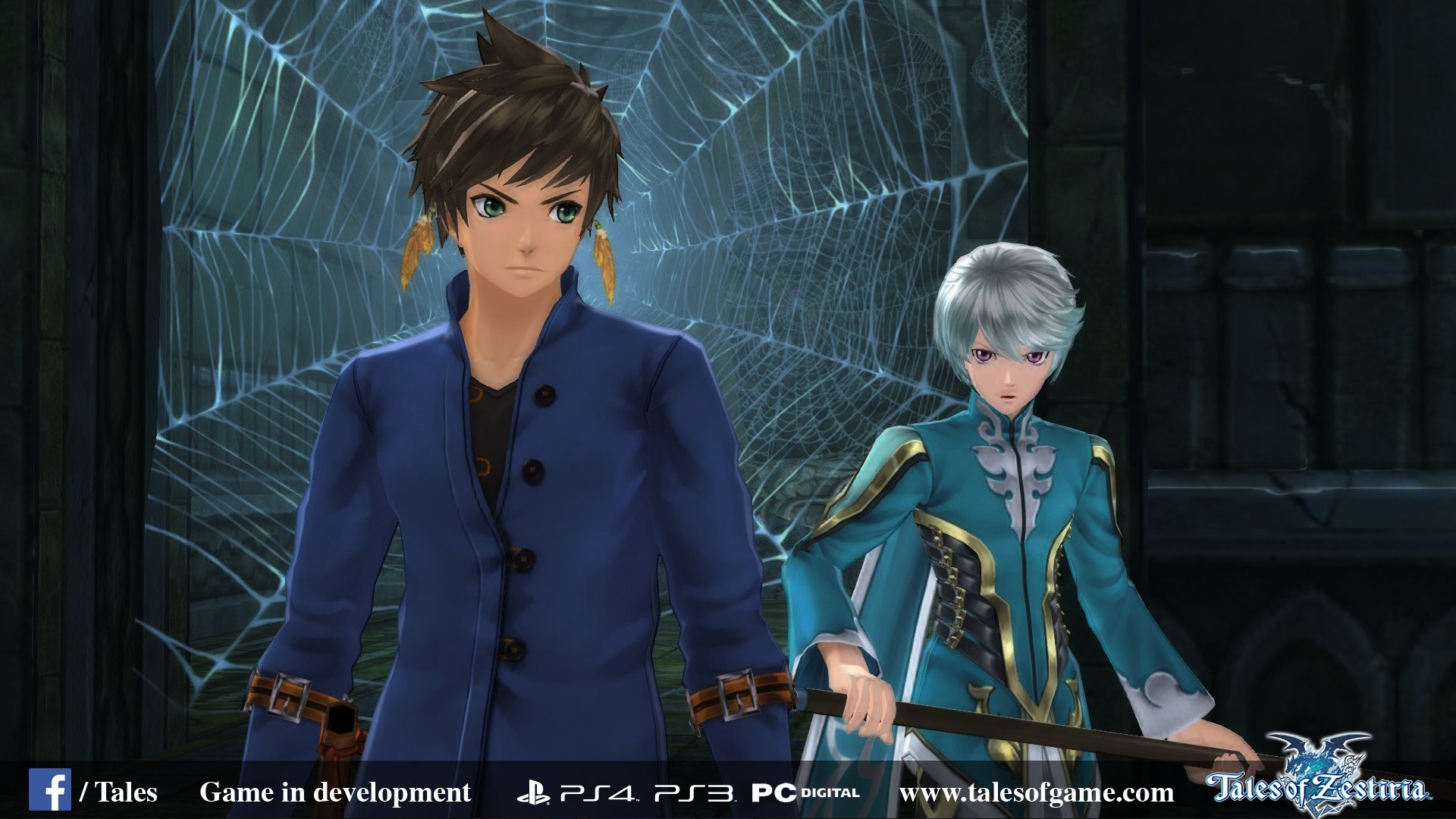
-
tales-of-zestiria #12
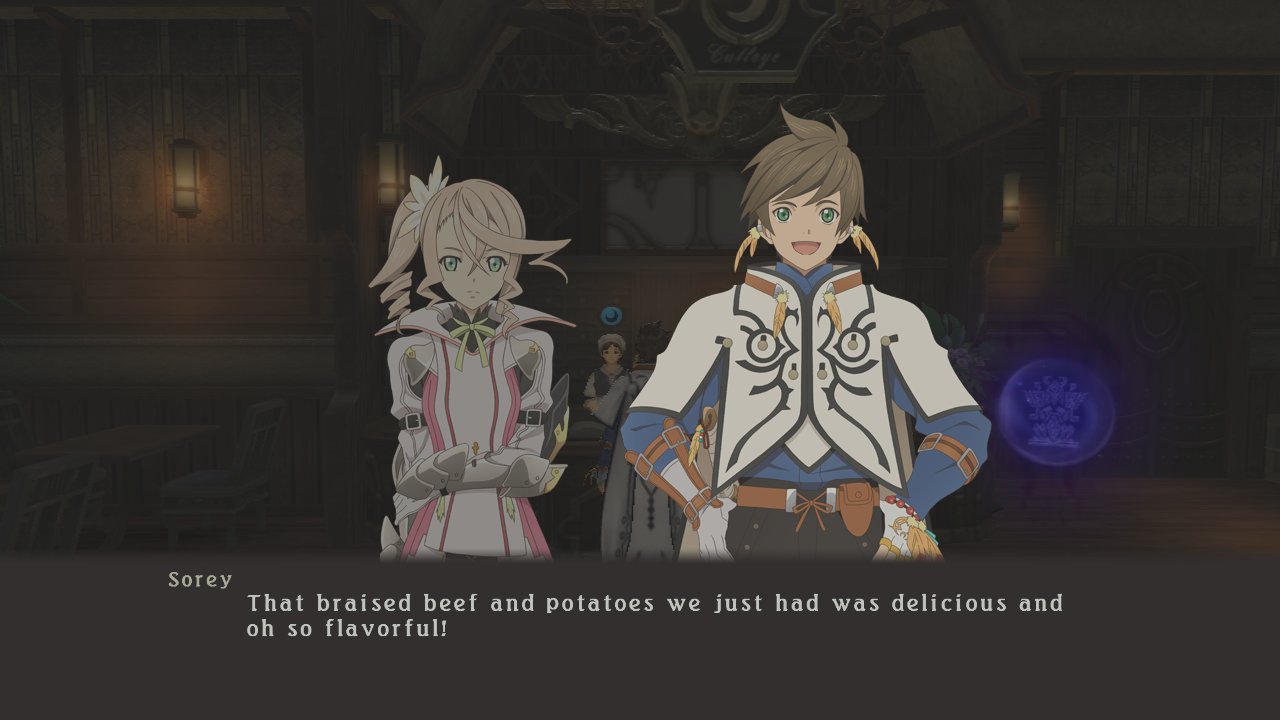
-
tales-of-zestiria #13
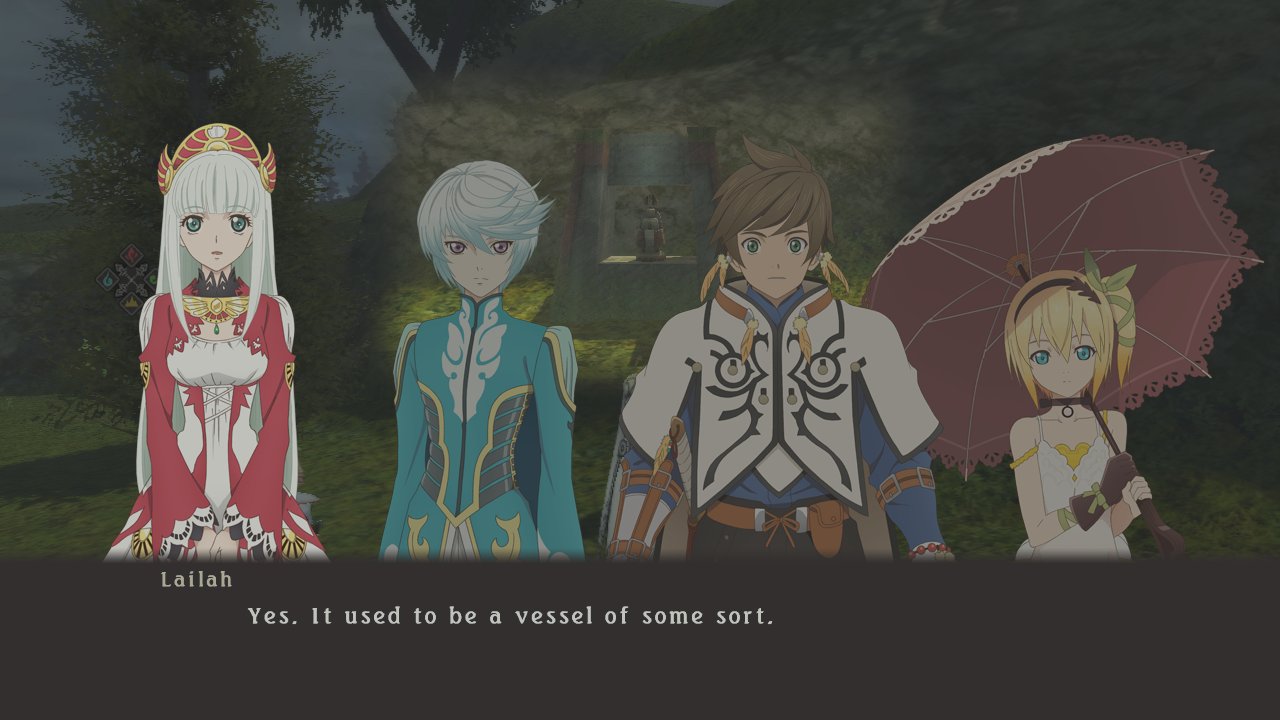
-
tales-of-zestiria #14
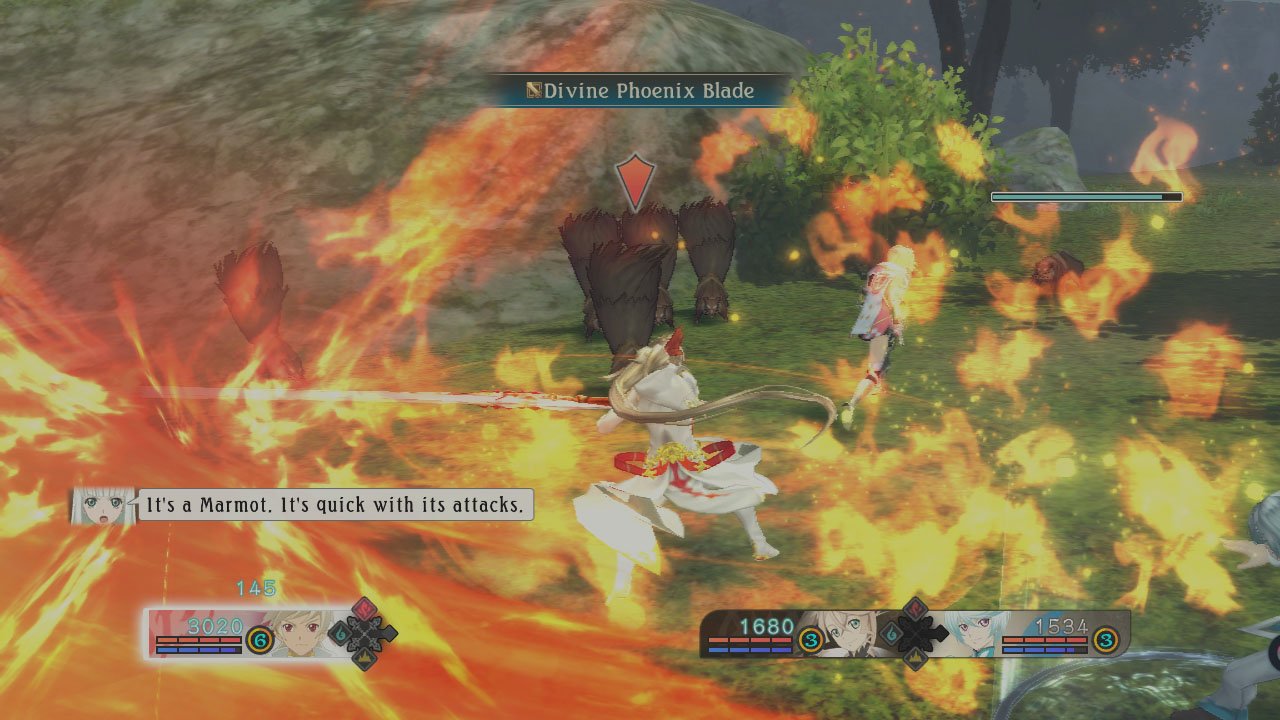
-
tales-of-zestiria #15

-
tales-of-zestiria #16
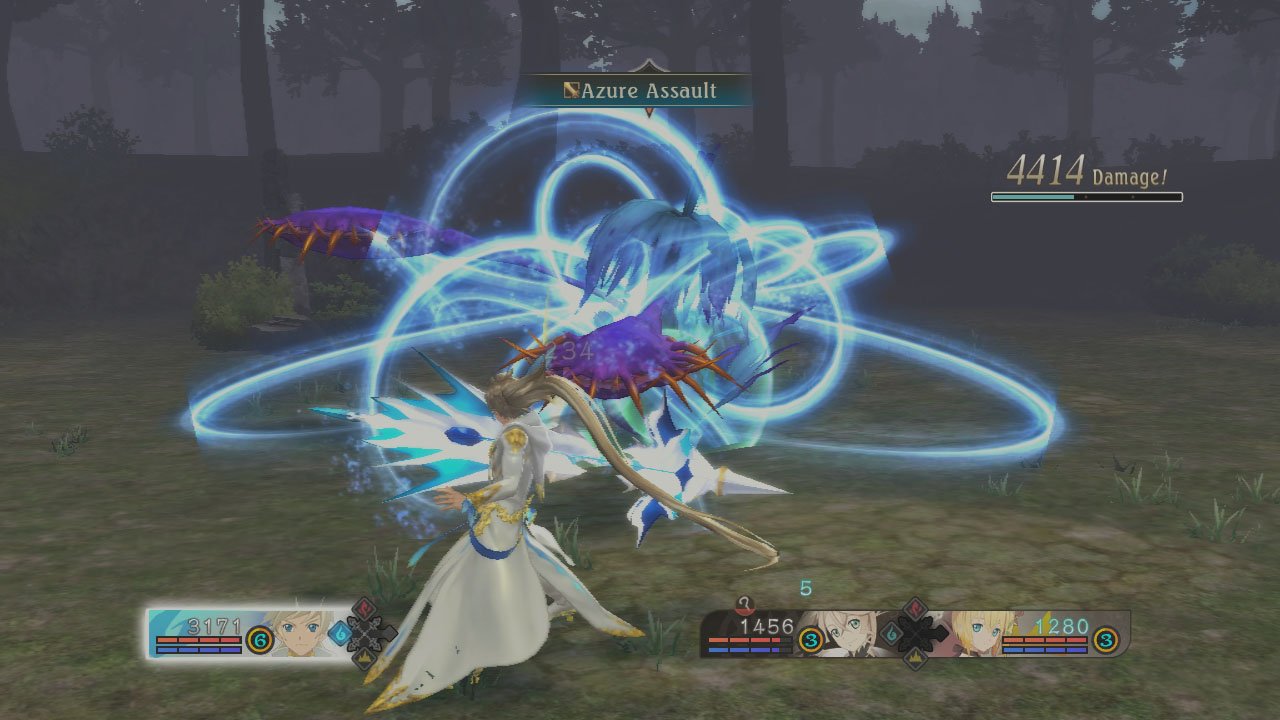
-
tales-of-zestiria #17
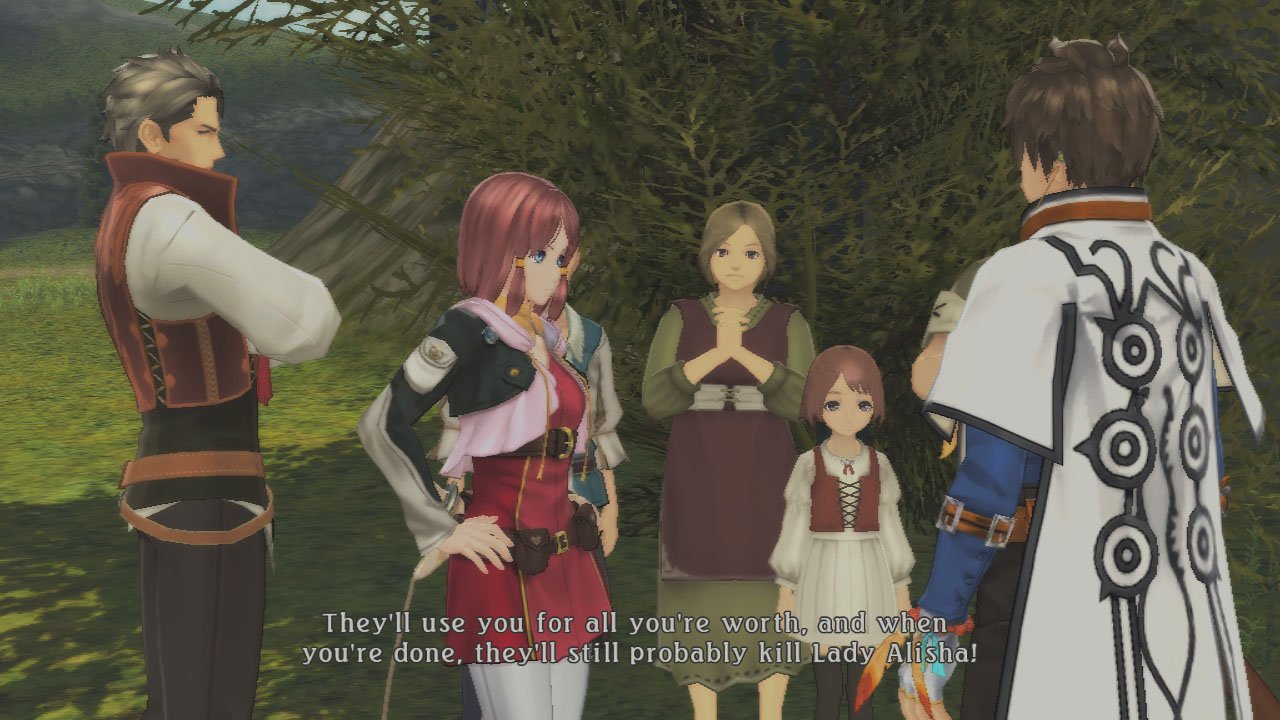
-
tales-of-zestiria #18
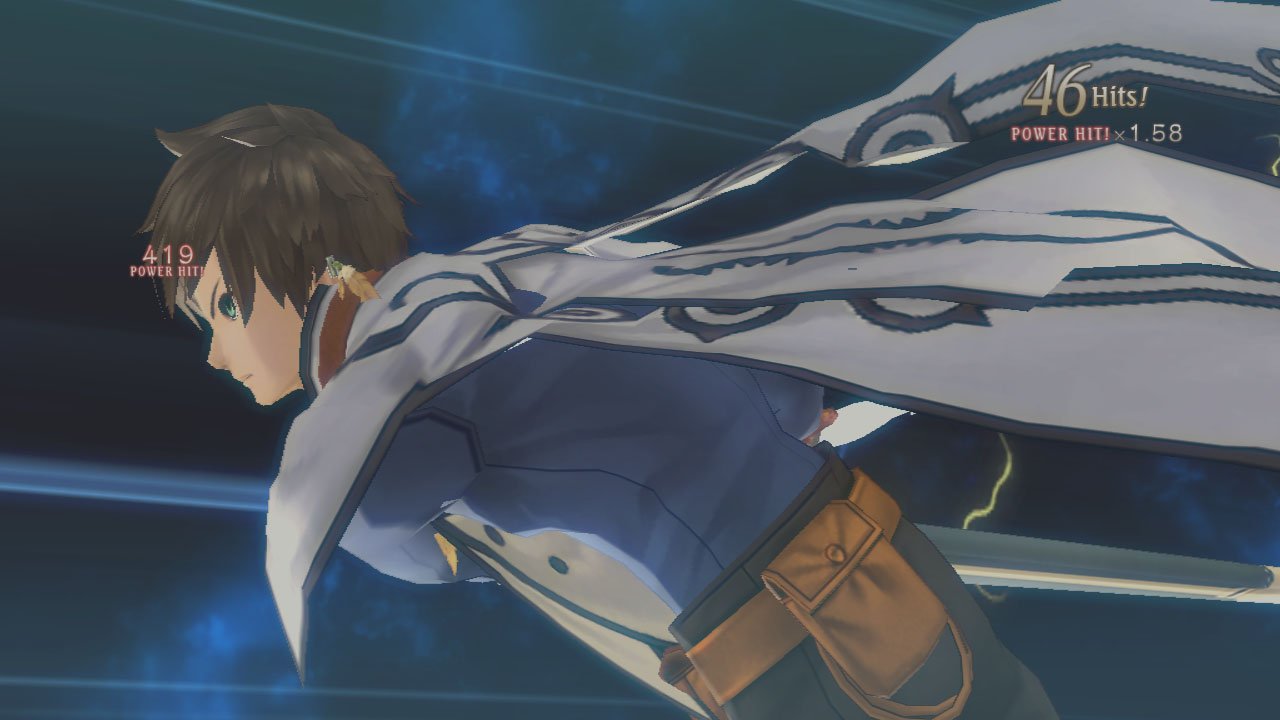
-
tales-of-zestiria #19
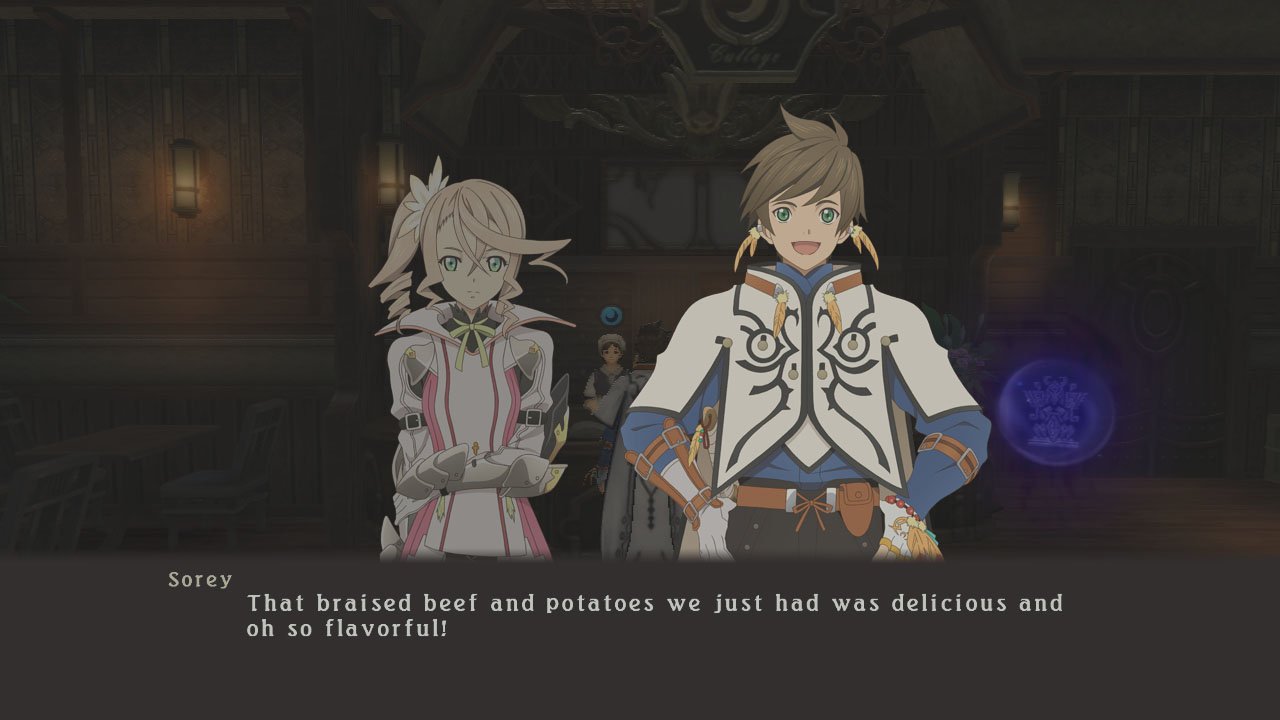
-
tales-of-zestiria #20
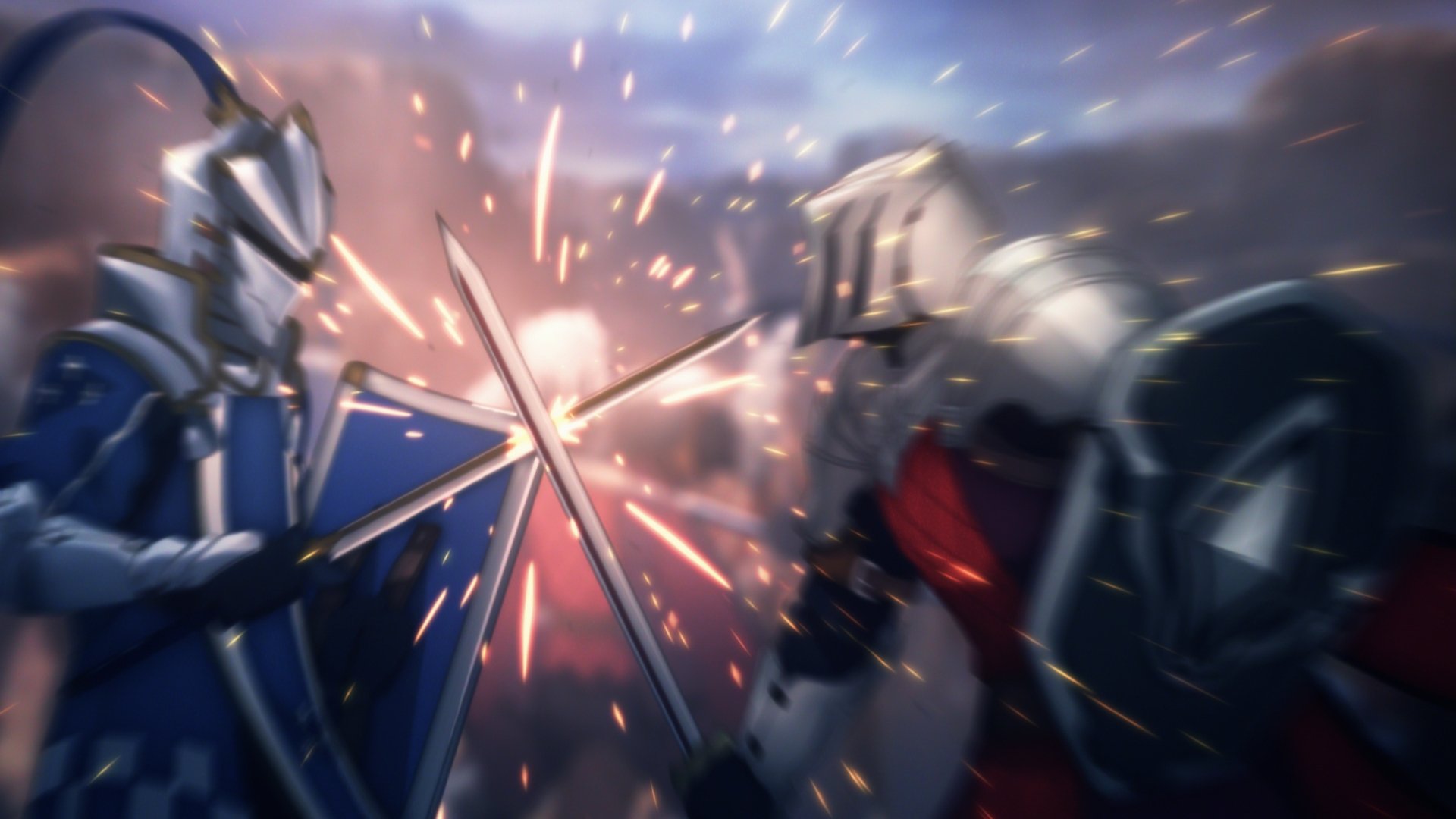
-
tales-of-zestiria #21
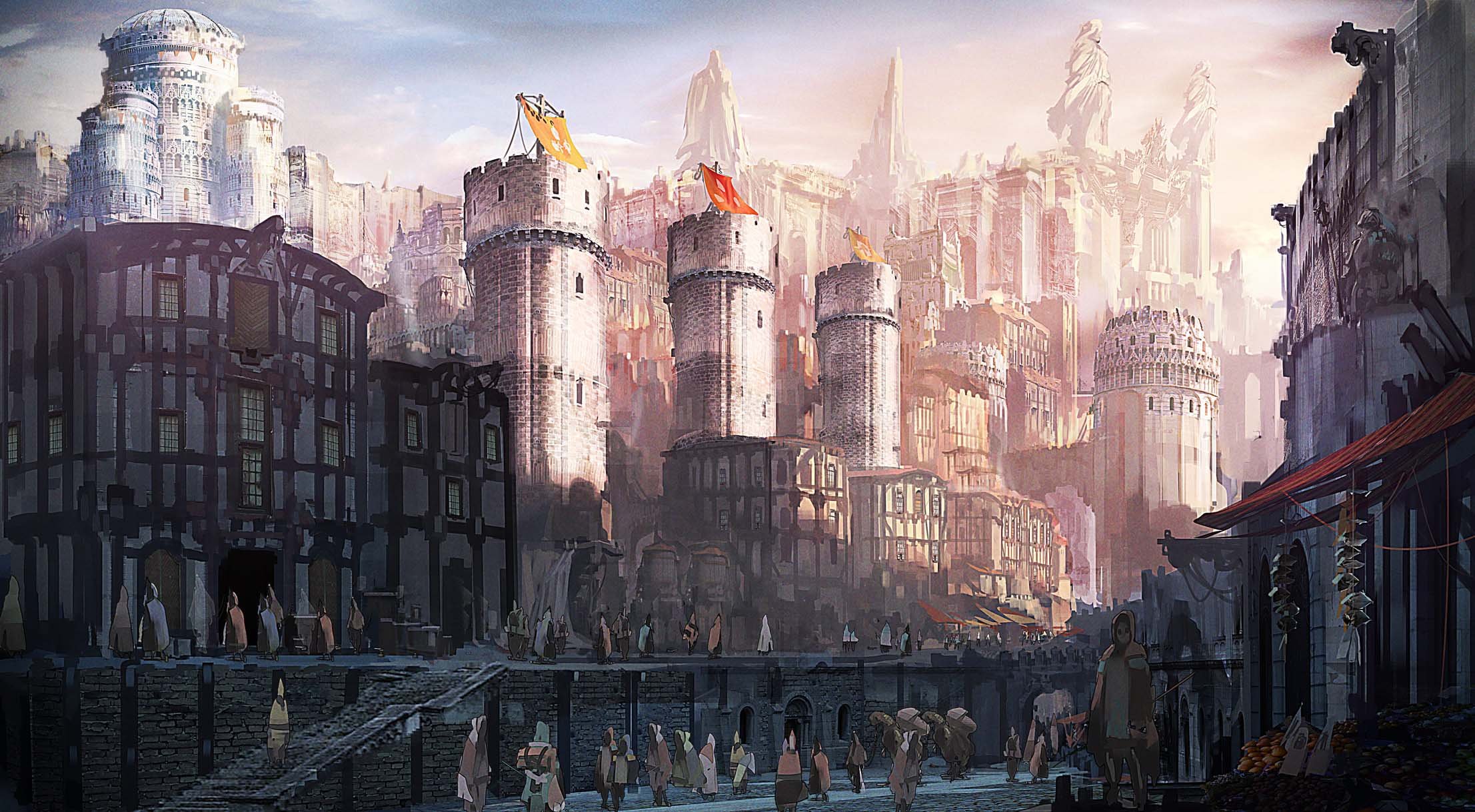
-
tales-of-zestiria #22
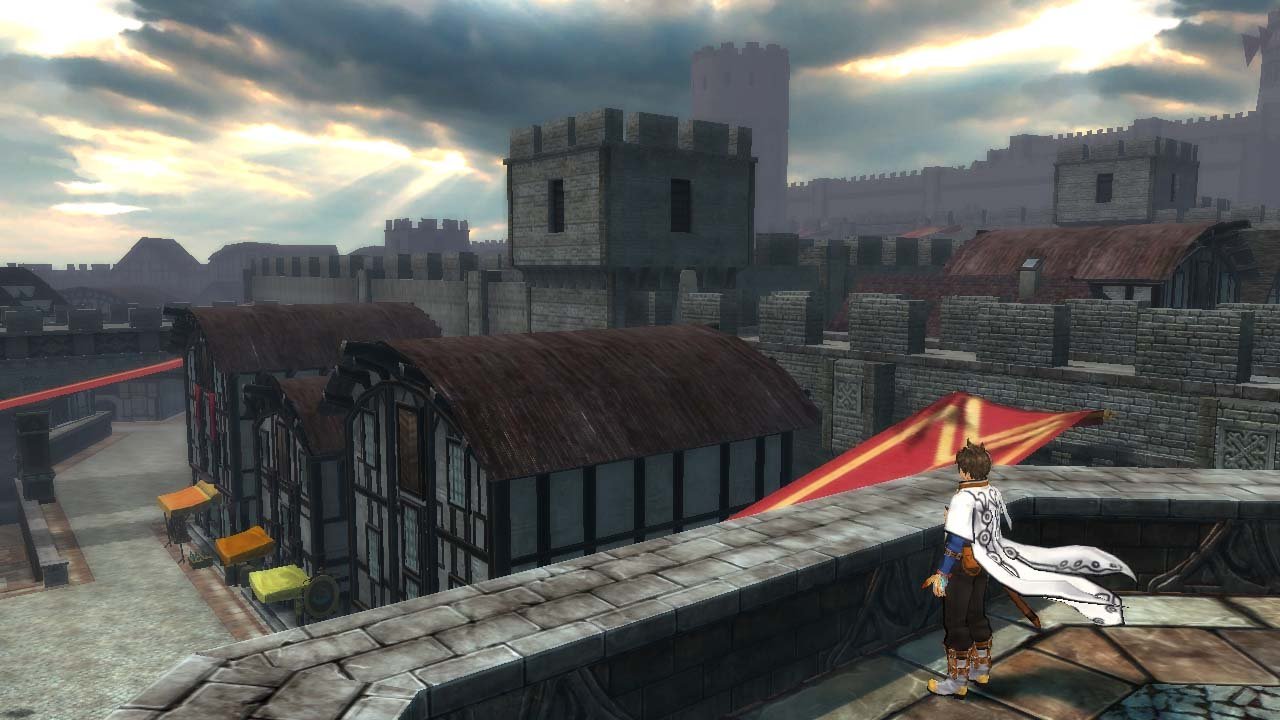
-
tales-of-zestiria #23
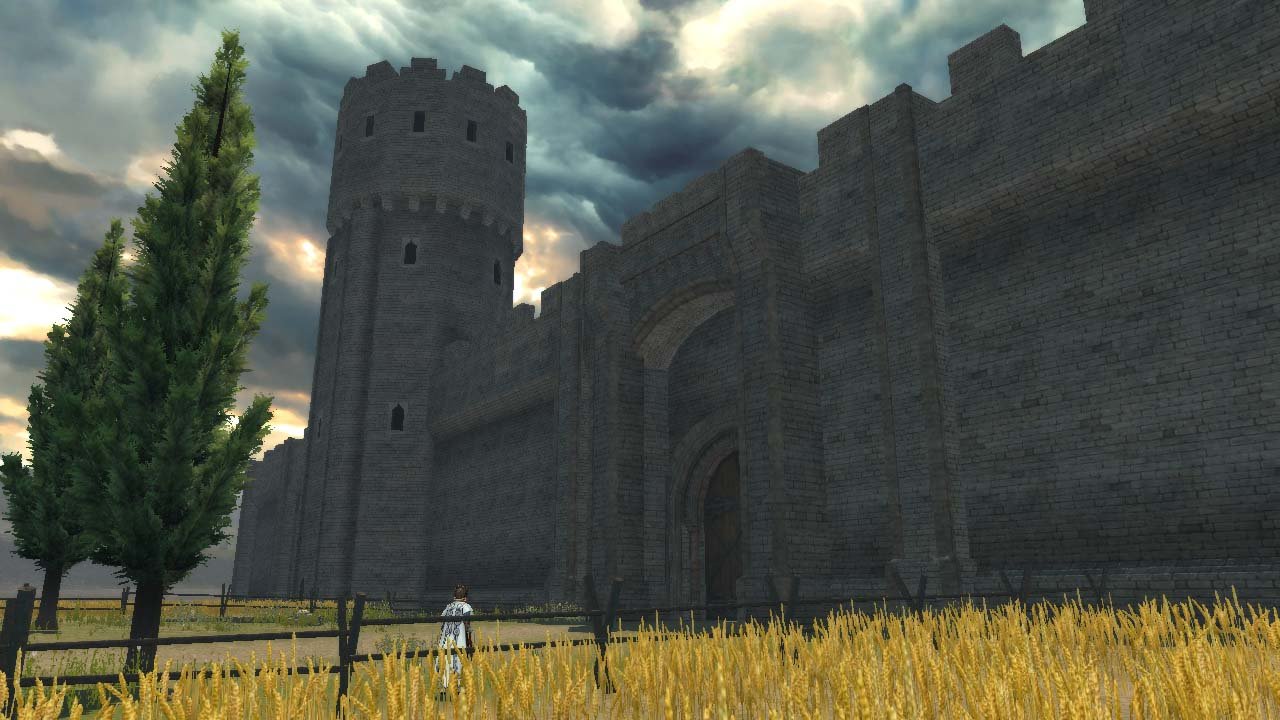
-
tales-of-zestiria #24
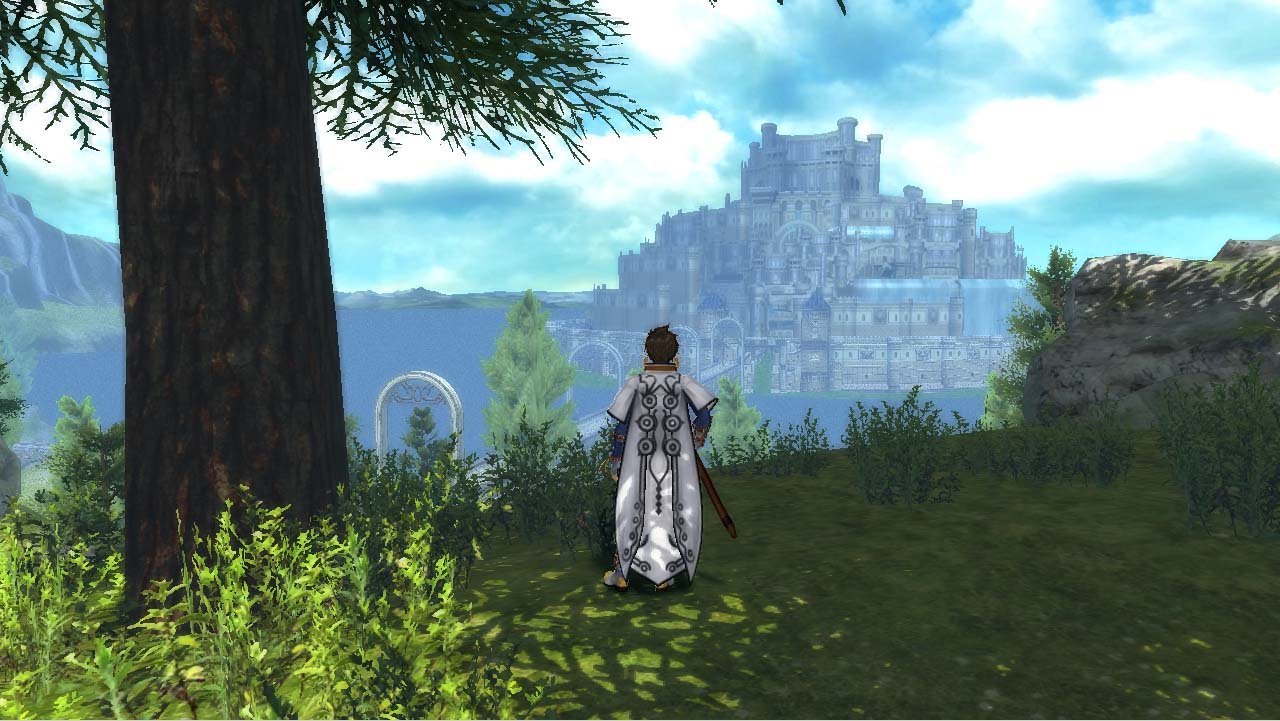
-
tales-of-zestiria #25

-
tales-of-zestiria #26
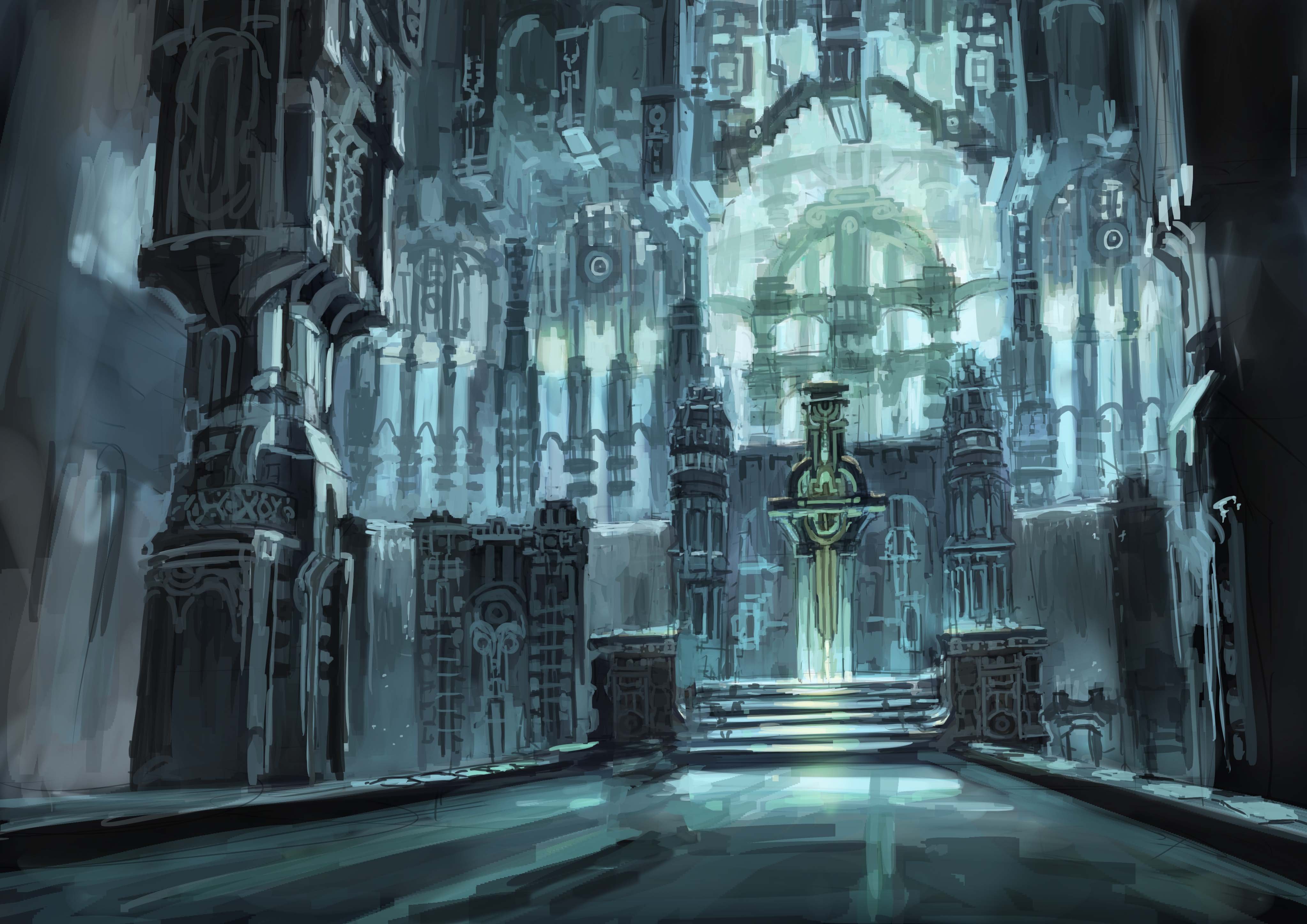
-
tales-of-zestiria #27

-
tales-of-zestiria #28
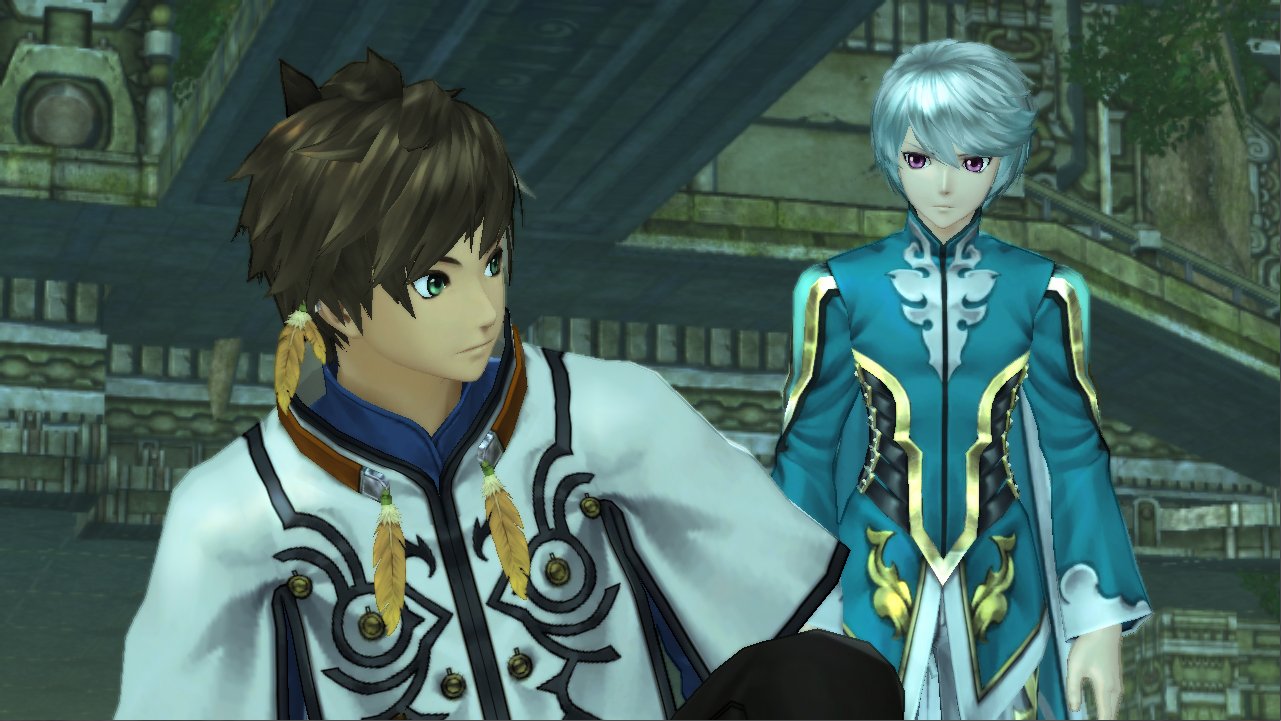
-
tales-of-zestiria #29

-
tales-of-zestiria #30

-
tales-of-zestiria #31
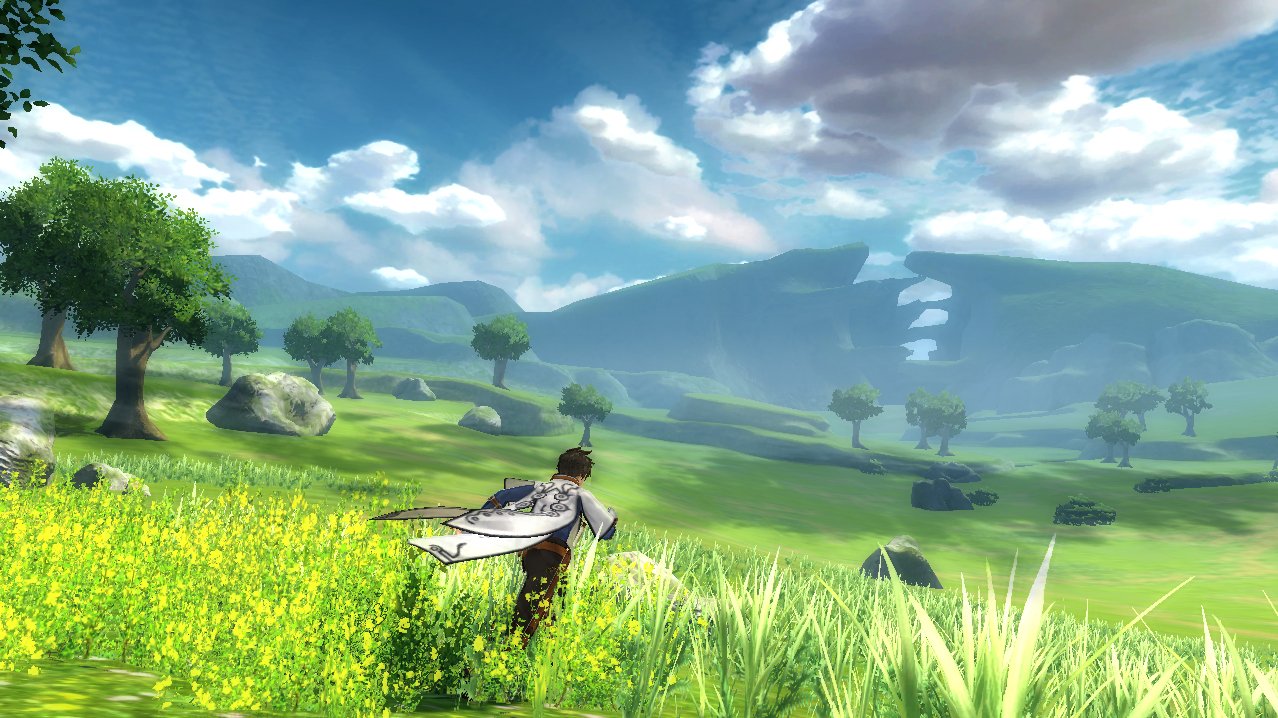
-
tales-of-zestiria #32
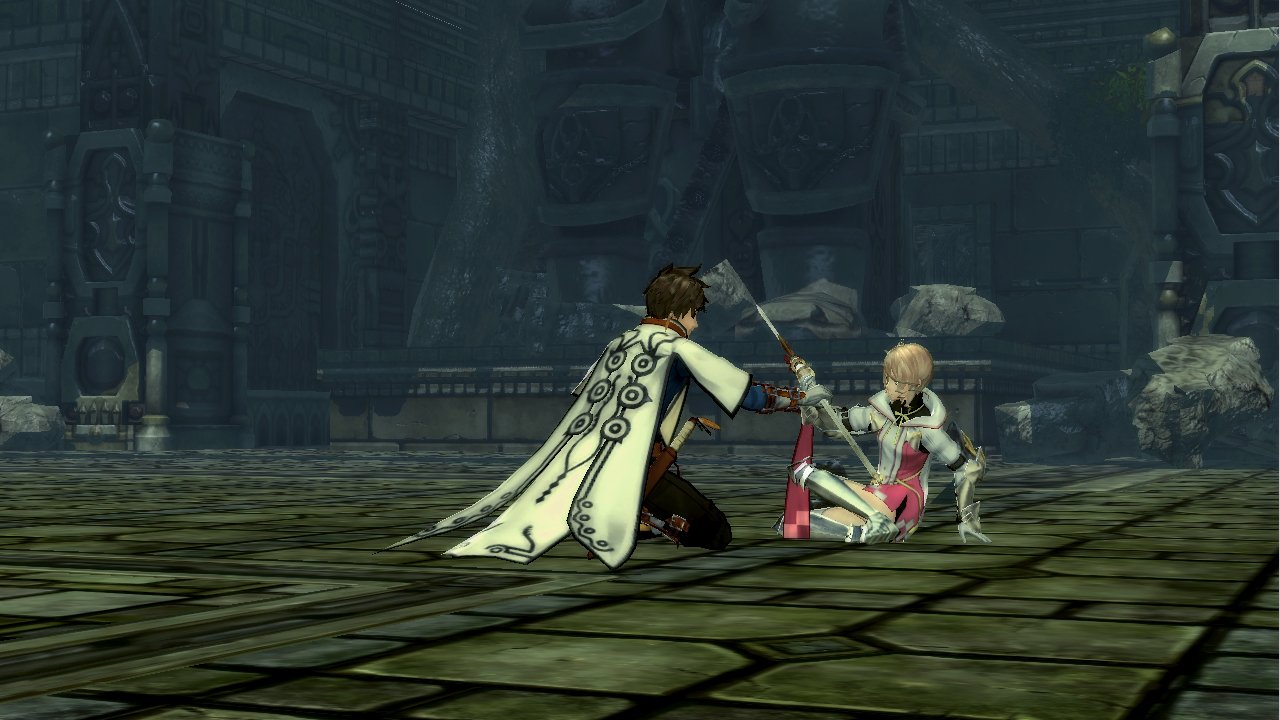
-
tales-of-zestiria #33
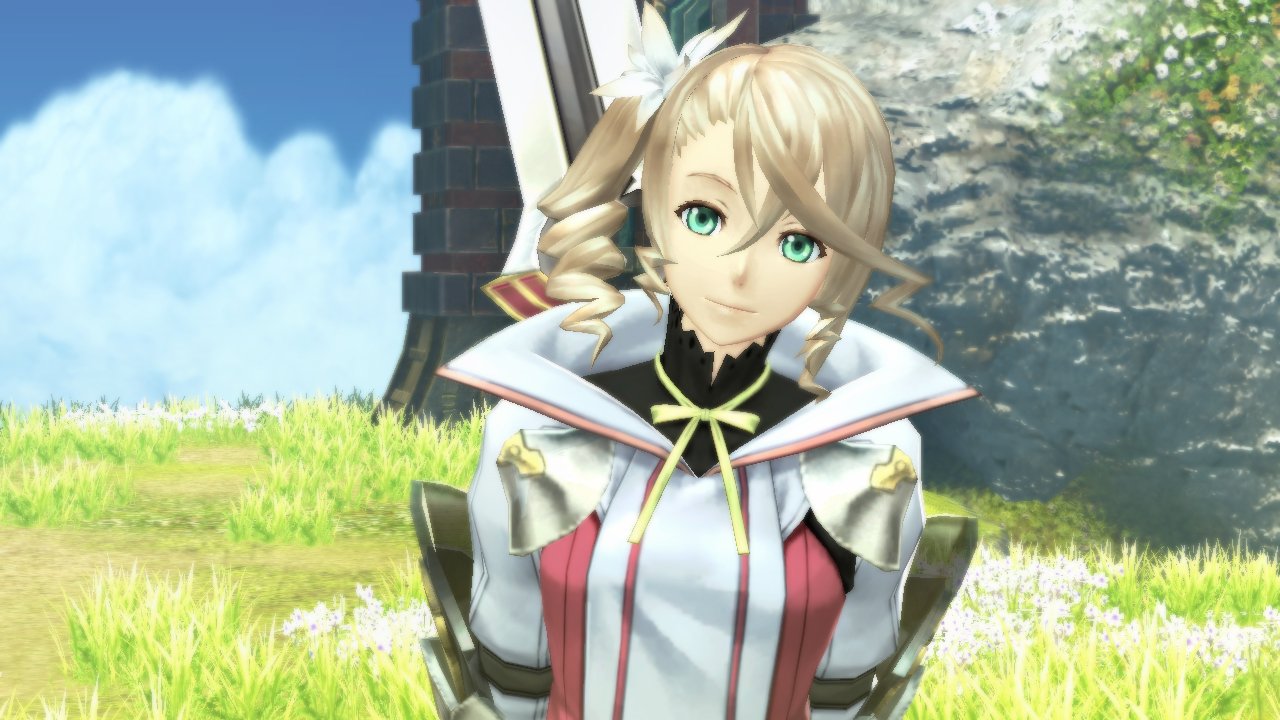
-
tales-of-zestiria #34
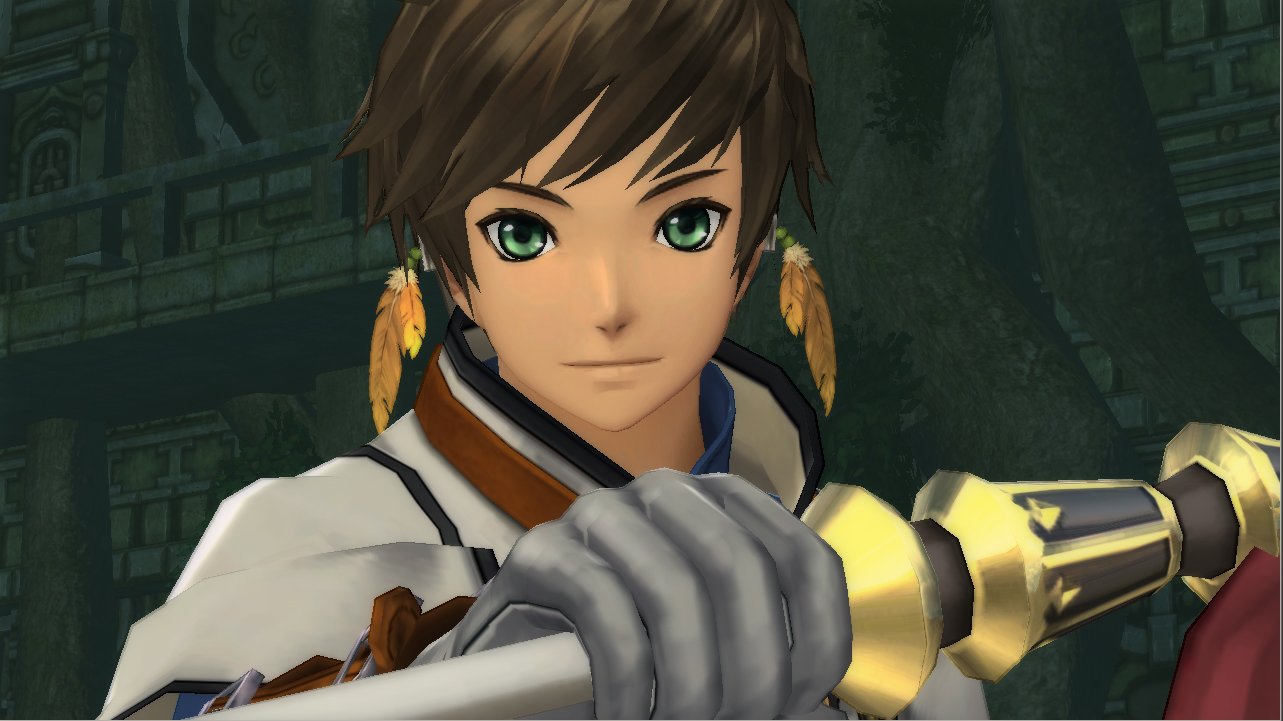
-
tales-of-zestiria #35
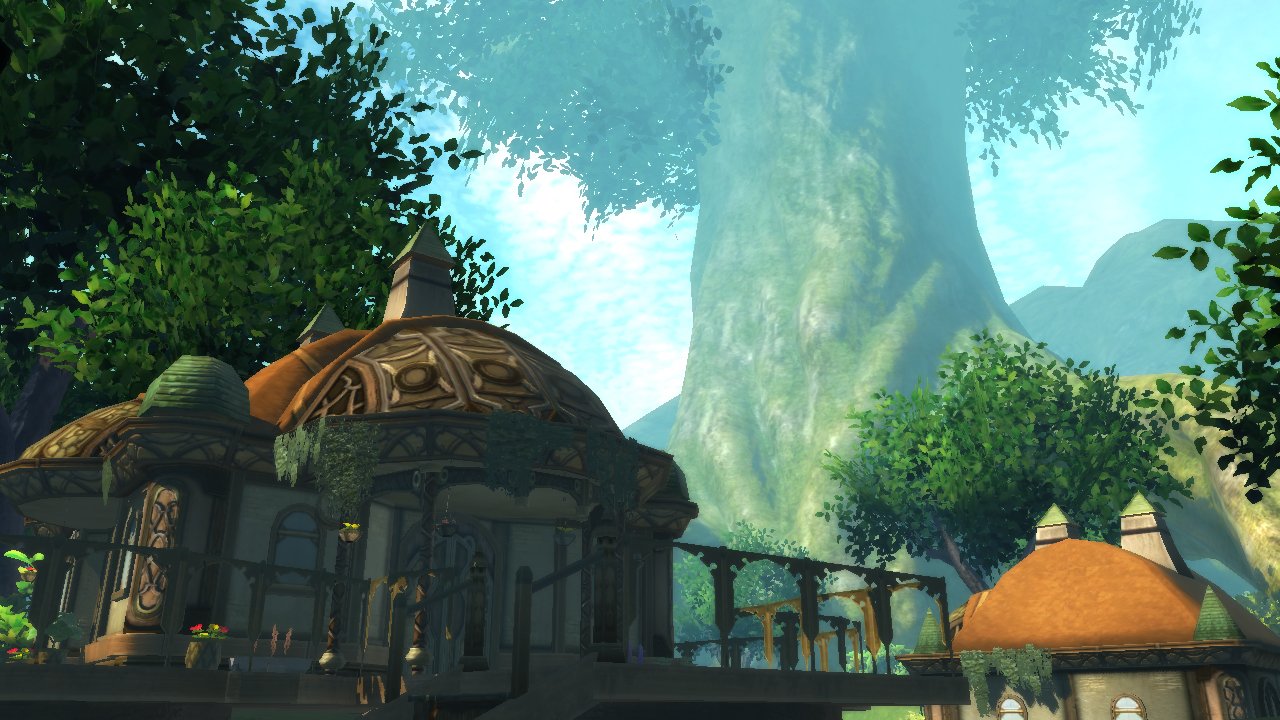
-
tales-of-zestiria #36
